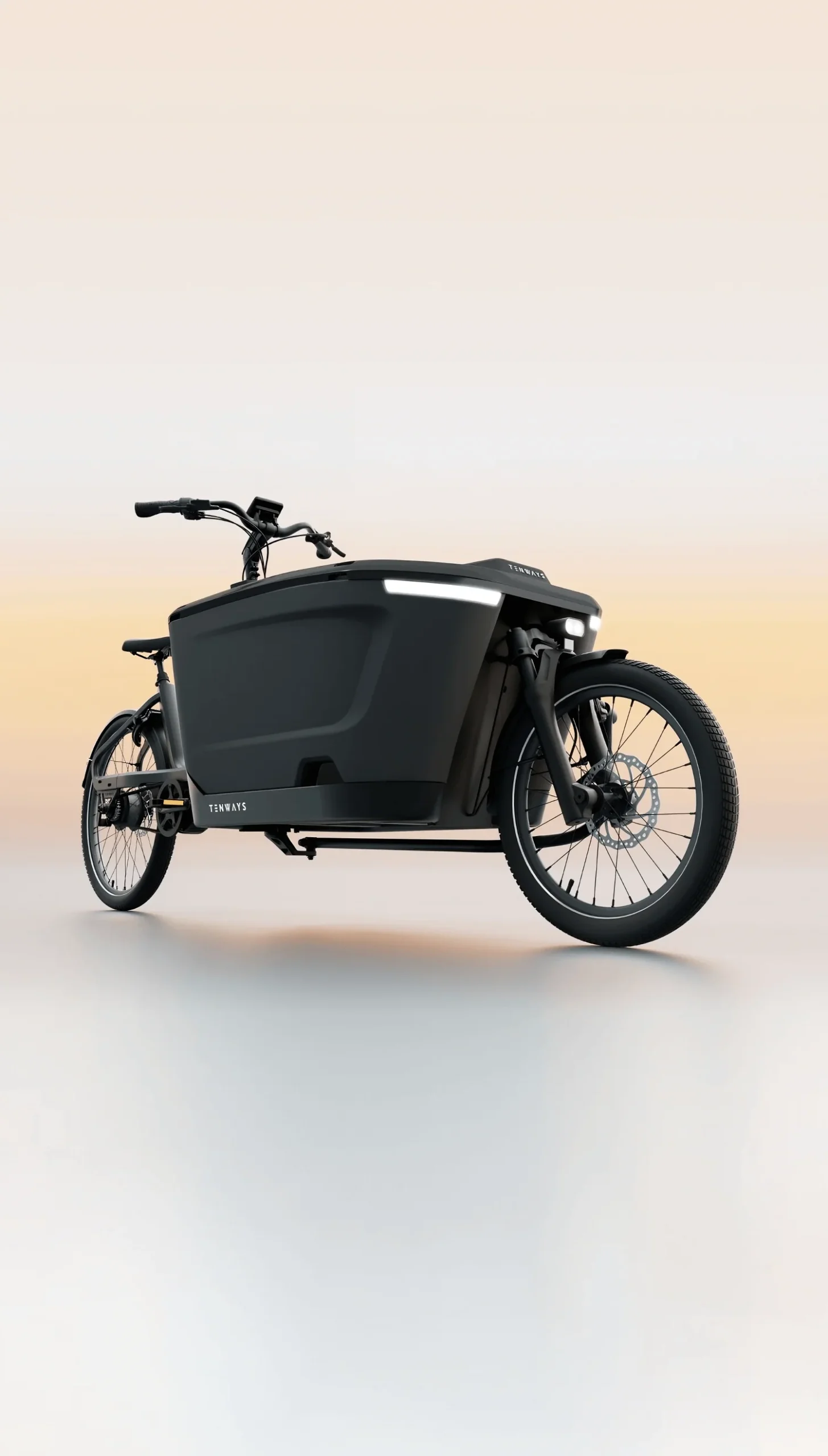Introduction to E-Bikes and Their Growing Popularity
An electric bicycle, commonly known as an e-bike, is a bicycle equipped with an integrated electric motor that assists the rider’s pedaling efforts. E-bikes typically consist of several key components: a motor, a battery, a controller, and sensors. Many individuals are interested in converting their existing bicycles, particularly mountain bikes, into electric bikes using “conversion kits.” These kits offer a potential transformation of a standard bike into an electric one. However, I do not recommend this approach.
The motor can either assist the rider to reach higher speeds or help tackle challenging terrains and inclines. The battery powers the motor and can be recharged using a standard electrical outlet. The controller manages the power levels, while sensors detect pedal movement and speed, ensuring optimal assistance.
In 2022, the global e-bikes market is expected to reach around 36.5 million units. It is projected to climb at a compound annual growth rate of just under 10 percent between 2022 and 2030, to reach just under 77.3 million e-bikes by 2030.
Projected global e-bike market volume 2022-2030 – Statista Research Department
One of the primary reasons behind the growing popularity of e-bikes is their convenience. E-bikes offer an efficient and flexible mode of transportation, particularly in urban environments where traffic congestion is a common issue. They provide an alternative to traditional bicycles and cars, allowing riders to cover longer distances with less physical exertion. This makes them particularly appealing for commuters and those looking to reduce their reliance on automobiles.
Moreover, e-bikes contribute positively to health and wellness. While the electric motor assists with pedaling, riders still engage in physical activity, promoting cardiovascular health and overall fitness. For individuals who may find traditional cycling challenging due to age or physical limitations, e-bikes offer an accessible means to stay active and enjoy the benefits of cycling.
As we delve deeper into the environmental impact of e-bikes in subsequent sections, it is essential to recognize their role in promoting sustainable transportation. E-bikes not only provide a practical and health-conscious mode of travel but also contribute to reducing carbon emissions and mitigating the effects of climate change.
Environmental Benefits of E-Bikes
E-bikes offer a range of environmental benefits that make them a sustainable transportation solution. One of the most significant advantages is the reduction in greenhouse gas emissions. Unlike traditional gasoline-powered vehicles, e-bikes emit zero direct emissions, thereby contributing to a decrease in the overall carbon footprint. This reduction is crucial, considering the transportation sector is a major source of global greenhouse gas emissions.
Another critical environmental benefit is the decrease in air pollution. Gasoline-powered vehicles release a myriad of pollutants, including nitrogen oxides and particulate matter, which contribute to poor air quality and have adverse health effects. E-bikes, on the other hand, do not produce these harmful emissions, leading to cleaner air, especially in urban areas where air pollution levels are often higher.
When it comes to energy consumption, e-bikes are far more efficient. The energy required to produce and operate an e-bike is substantially lower than that of a car or motorcycle. E-bikes are powered by rechargeable batteries, and the electricity used to charge these batteries is often less energy-intensive than the fuel required for traditional vehicles. Additionally, advancements in battery technology are continually improving the efficiency and sustainability of e-bikes.
E-bikes also play a role in reducing urban congestion. As cities grow and traffic increases, the environmental issues associated with congestion, such as increased emissions and noise pollution, become more pronounced. E-bikes offer a compact and efficient alternative for short to medium-distance travel, thereby reducing the number of cars on the road. This not only alleviates traffic but also minimizes the environmental impact associated with idling vehicles.
Overall, the adoption of e-bikes presents a multifaceted opportunity to address various environmental challenges. From cutting greenhouse gas emissions and improving air quality to reducing energy consumption and alleviating urban congestion, e-bikes stand out as a viable and sustainable transportation option for the future.
Comparing E-Bikes to Other Modes of Transportation
When evaluating the environmental impact of e-bikes, it is crucial to compare them with other prevalent modes of transportation, including cars, public transit, and traditional bicycles. Each of these modes varies significantly in terms of emissions, resource consumption, and sustainability.
Automobiles are a primary mode of transportation in many parts of the world, yet they are also a significant source of greenhouse gas emissions. The production, maintenance, and fueling of cars contribute to a substantial carbon footprint. According to the Environmental Protection Agency (EPA), the average passenger vehicle emits about 4.6 metric tons of carbon dioxide per year. Additionally, cars require large amounts of non-renewable resources such as petroleum for fuel and various metals for manufacturing.
Public transit systems, including buses, trains, and trams, offer a more sustainable alternative to personal automobiles. These systems can transport a large number of passengers simultaneously, resulting in lower per capita emissions. Nonetheless, public transit is not entirely devoid of environmental impacts. Diesel-powered buses, for example, still emit pollutants, although advancements in electric buses are helping to reduce these emissions. The infrastructure required for public transit, such as tracks and stations, also necessitates significant resource use.
Traditional bicycles are often hailed as the most eco-friendly transportation mode. They produce no emissions during operation and require minimal resources compared to motorized vehicles. The environmental impact of bicycles mainly stems from their production and eventual disposal. However, these impacts are relatively minor when compared to cars and even public transit.
E-bikes, or electric bicycles, represent a middle ground between traditional bicycles and motorized vehicles. While e-bikes do require electricity for charging, their energy consumption is minimal compared to cars and even public transit. The production of e-bikes involves some resource use, particularly for batteries, but this is offset by their low operational emissions. Furthermore, e-bikes can complement public transit systems by providing an efficient and eco-friendly solution for the “last mile” of commutes, thereby reducing the overall reliance on cars.
In conclusion, e-bikes offer a viable and sustainable transportation alternative that bridges the gap between traditional bicycles and motorized vehicles. By integrating e-bikes into public transit networks, cities can enhance their transportation systems’ overall sustainability and reduce environmental impacts.
You Might Like: Cleaning and Caring for e-bike Components
Challenges and Future Potential of E-Bikes in Sustainable Transportation
E-bikes present a promising solution for sustainable transportation, yet they face several challenges that need to be addressed to fully realize their potential. One of the primary concerns is the environmental impact of battery disposal and recycling. The lithium-ion batteries used in e-bikes contain hazardous materials that can pose significant environmental risks if not disposed of properly. Improvements in battery recycling processes and the development of more sustainable battery materials are crucial in mitigating these environmental hazards.
Another challenge is the infrastructure required to support the widespread use of e-bikes. Dedicated bike lanes, secure parking facilities, and charging stations are essential to ensure that e-bikes can be safely and conveniently used in urban areas. Cities need to invest in and plan for these infrastructure improvements to accommodate the growing number of e-bike users and to promote their adoption as a mainstream mode of transportation.
Regulatory hurdles also present a significant barrier to the widespread adoption of e-bikes. Regulations regarding e-bike classifications, speed limits, and usage on public roads vary significantly across different regions. Harmonizing these regulations and creating clear, consistent guidelines will help facilitate the integration of e-bikes into existing transportation systems.
Looking towards the future, innovations in e-bike technology hold great promise. Advances in battery technology, such as the development of solid-state batteries and other more sustainable alternatives, can significantly enhance the environmental friendliness of e-bikes. Additionally, the integration of smart technologies can improve the efficiency and user experience of e-bikes, making them an even more attractive option for commuters.
E-bikes have the potential to play a key role in achieving global sustainability goals. By reducing reliance on fossil fuels and decreasing urban traffic congestion, e-bikes can contribute to lower greenhouse gas emissions and improved air quality. As we continue to address the challenges associated with e-bikes and embrace technological advancements, they can become an integral part of a sustainable transportation ecosystem.
In conclusion, e-bikes offer a viable and eco-friendly transportation option that can significantly contribute to sustainable urban mobility. By addressing the challenges of battery disposal, infrastructure needs, and regulatory barriers, and by leveraging future technological innovations, we can unlock the full potential of e-bikes as a sustainable transportation solution. It is imperative for individuals, policymakers, and urban planners to consider and support the adoption of e-bikes to pave the way for a greener future.






